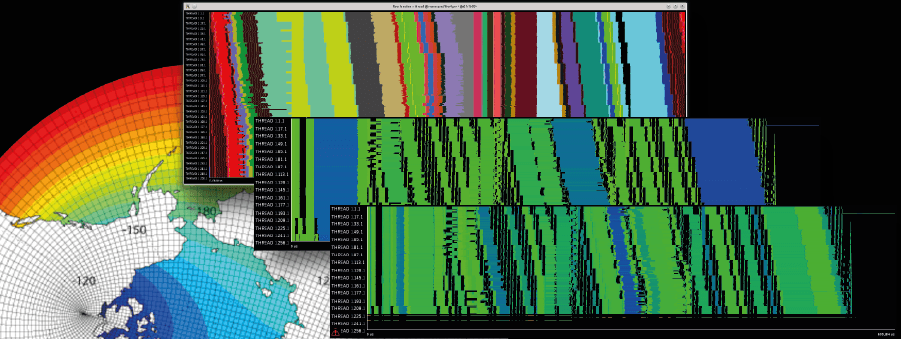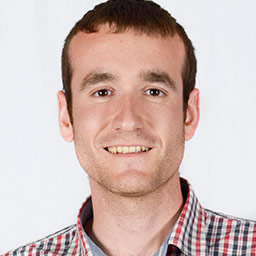
In a context in which scientific models are required to run in parallel, reaching ever higher resolutions, and thus demanding more and more resources, it is crucial to identify and understand their bottlenecks, to increase their performance and reduce the time-to-solution, reducing also the associated costs.
Summary
One of the main challenges for the weather, air quality and climate science is how to efficiently perform vast numbers of simulations of the Earth system on a large variety of supercomputers. A huge amount of computational resources are needed to produce the simulations, generate the initial data and post-process data output.
The aim of this research line is to develop a methodology which enables to assess the performance of Earth Science models and identify their main bottlenecks. This is achieved by using cutting edge performance tools, able to evaluate and represent different performance metrics and guide the expert to those portions of the code that are limiting the overall parallel efficiency. Then, subject of study are the different approaches that can be taken to overcome this problems without impacting the final results, using more efficient numerical algorithms or modifying the way the model use the resources.
Objectives
- Provide HPC expertise for the performance of Earth system models
- Collaborate with other BSC departments, especially Computer Sciences, to use state-of-the-art programming models and profiling tools to prepare the next generation of Earth sciences models for developing exascale HPC systems (with emphasis in the models developed and/or used within the department). In this roadmap, performance analysis, identification of bottlenecks and the application of optimizations will be used on a regular basis.
- Collaborate with external Earth system modelling teams and model users to provide expertise based on HPC performance analyses and define new use cases.
- Research on new and more efficient computational approaches to apply on Earth system models
- Collaborate with external Earth system modelling teams and HPC vendors to implement and test new coding approaches that allow the use of new platforms such as heterogeneous architectures.


